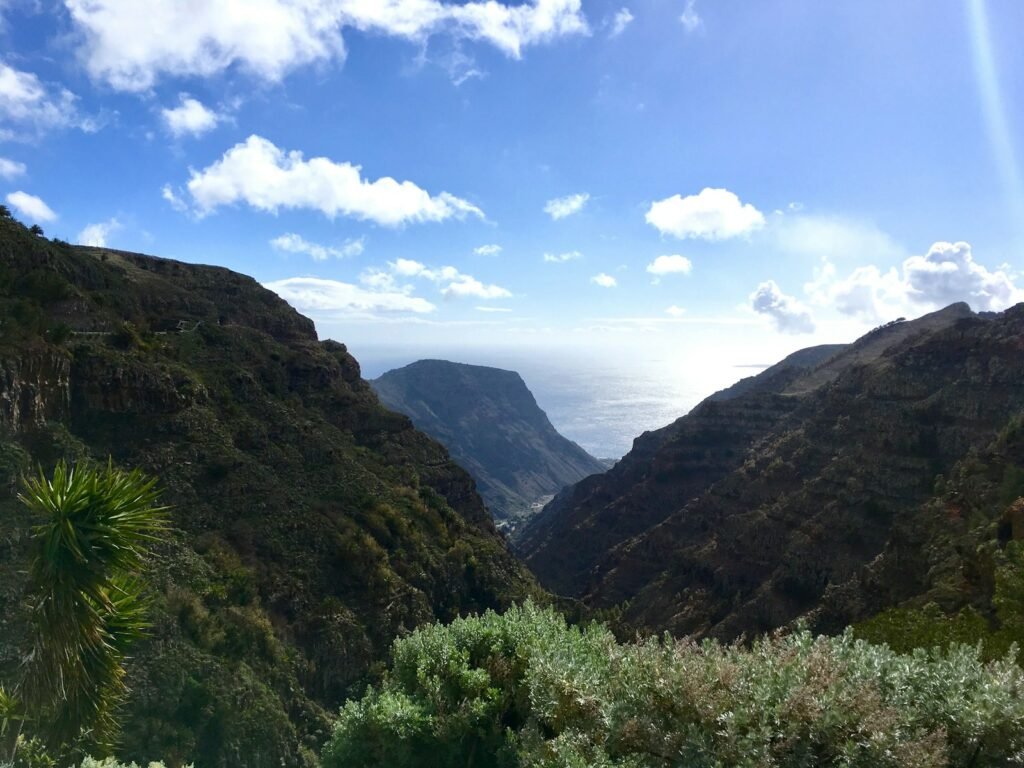Paleontologists in Alberta recently uncovered an incredible find: the giant skull of a Pachyrhinosaurus! This dinosaur, which lived over 70 million years ago, was discovered near Grande Prairie in Canada. Let’s discover how this discovery adds to the rich history of fossils in the region, offering new insights into Alberta’s prehistoric wildlife!
Unearthing the Giant Skull

Upon discovery, the skull, weighing a staggering 272 kilograms, was carefully pulled from the ground by experts. Interestingly, it belongs to an adult Pachyrhinosaurus, a rare species native to northern Alberta. Because of its enormous size and significance, the team named this massive fossil “Big Sam”. If you found a dinosaur skeleton, what would you name it?
A Herd of Pachyrhinosaurus

The fossil was found in a bonebed that holds remains from an entire herd of Pachyrhinosaurus. Specifically, this bonebed, located 450 kilometers northwest of Edmonton, contains both juvenile and adult bones. Additionally, the herd is believed to have perished together, providing a unique glimpse into their social structure.
A Relative of Triceratops

Pachyrhinosaurus is related to the more well-known Triceratops, though there are key differences. For example, unlike Triceratops, Pachyrhinosaurus lacked horns and had a large bony bump called a “boss” on its nose. Additionally, this distinct feature sets it apart from other dinosaurs of the same family.
The Bonebed’s Long History

The bonebed was first discovered around 50 years ago by a local high school teacher. However, it took about a decade before paleontologists began to explore the site. Presently, it is considered one of the densest dinosaur bonebeds in North America! I bet the students in that high school class felt very lucky to have such a teacher!
A Treasure Trove of Fossils

This rich site contains not just dinosaur bones but also fossils from turtles and lizards. In fact, scientists estimate that there are around 100 to 300 bones per square meter in this area. The dense collection has made it a key location for paleontological research.
Previous Discoveries at the Site

Sixteen years ago, the first large Pachyrhinosaurus skull was found in the same bonebed. This skull, belonging to a 30-year-old dinosaur, is now displayed at the Philip J. Currie Dinosaur Museum. “Big Sam” is the second most significant find on this site.
Unique Features of Pachyrhinosaurus

What makes Pachyrhinosaurus stand out is its lack of horns. Instead, the dinosaur had large bony bumps on its nose and above its eyes. Furthermore, these features make it easily identifiable and contribute to its distinct appearance among other horned dinosaurs.
The Challenge of Extraction

Excavating “Big Sam” was no easy task! In fact, the skull was tangled in a cluster of 300 bones and was found upside down, making the extraction process particularly complex. Paleontologists used plaster and wooden supports to stabilize the skull before lifting it out with a crane. That sounds like delicate work!
A Well-Preserved Fossil

Despite its challenging position, the skull was remarkably well-preserved. Moreover, its excellent condition will allow scientists to study it in great detail. Also, the preservation of such a large and significant fossil is rare, making this discovery even more valuable.
The Journey to the Museum

After extraction, the skull was carefully transported to the Philip J. Currie Dinosaur Museum where the other skull from the bonebed resides. Consequently, researchers will continue to study “Big Sam” there to learn more about Pachyrhinosaurus and its environment. The skull will eventually be put on display for the public to enjoy. Will you be going to see this amazing fossil?
Conclusion: A Major Paleontological Find

The discovery of “Big Sam” marks an exciting chapter in paleontology. Specifically, this massive skull provides invaluable information about Pachyrhinosaurus and adds to the rich fossil history of northern Alberta. As scientists continue to study the find, new insights into this rare species will likely emerge.

Linnea is a born and bred Swede but spends as much time as possible in Cape Town, South Africa. This is mainly due to Cape Town’s extraordinary scenery, wildlife, and atmosphere (in other words, because Cape Town is heaven on earth.) That being said, Sweden’s majestic forests forever hold a special place in her heart. Linnea spends as much time as she can close to the ocean collecting sea shells or in the park admiring puppies.



